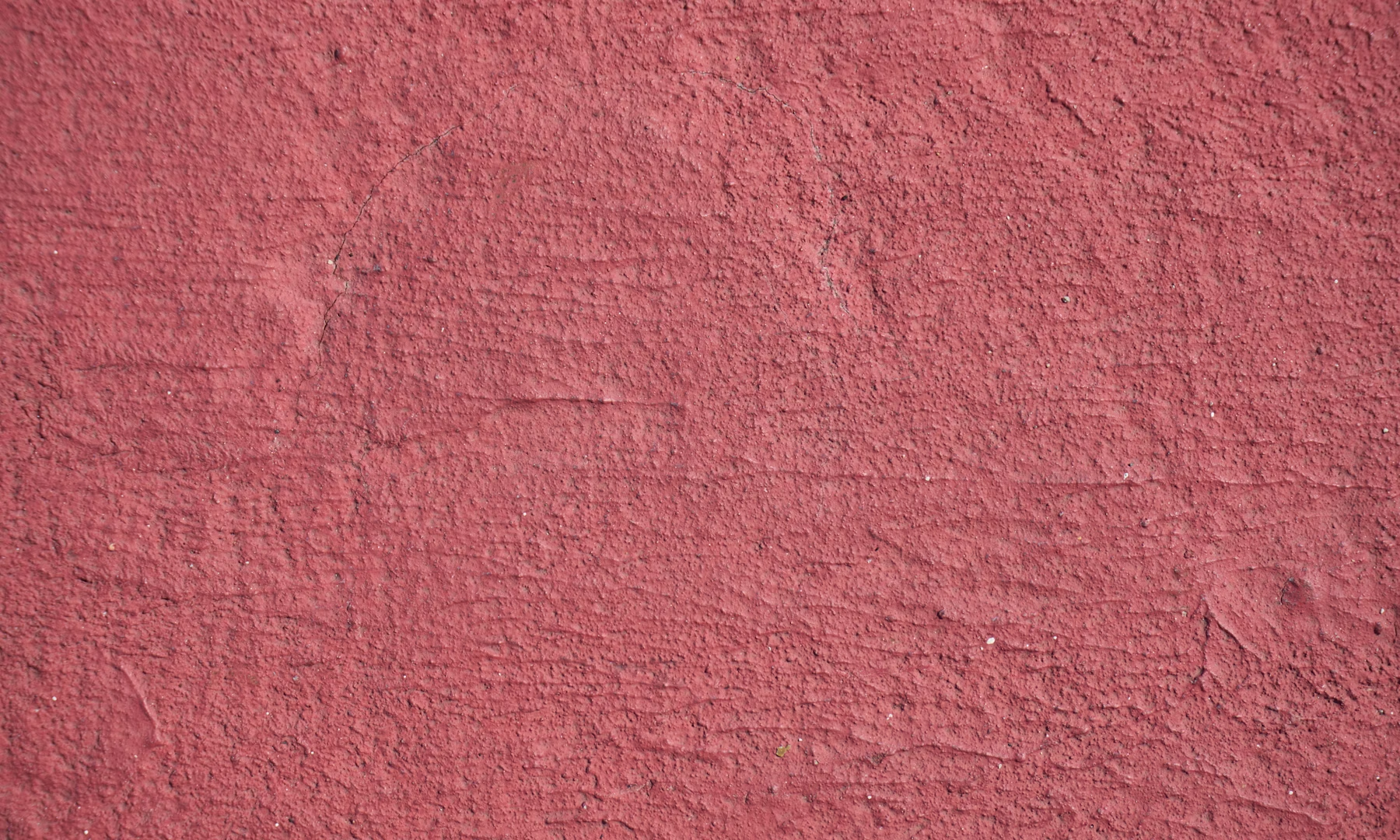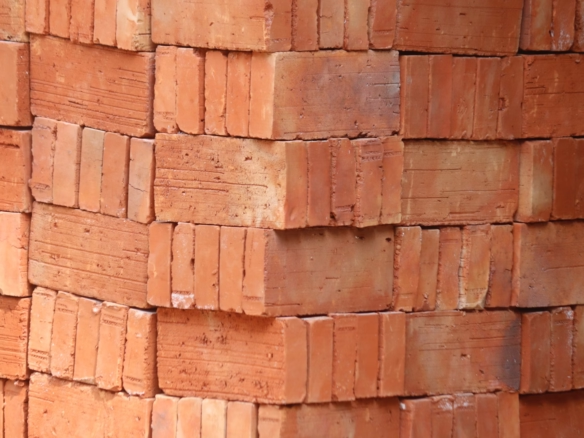things to check while plaster work is in progress
Team Jindal Construction
Self-Check Guide for Plaster Work
Ensure smooth walls and long-lasting finish
Plastering is one of the final touches in a construction project, and it directly affects both appearance and durability. Whether you’re building a home or supervising construction, doing a basic self-check during plastering can help prevent future cracks, dampness, and repair costs.
✅ What to Check During and After Plastering:
1. Surface Finish
-
It should be smooth and even to touch and look.
-
No waves, bumps, or undulations on the wall.
-
Corners should be straight and sharp.
2. Thickness
-
Standard plaster thickness:
-
12 mm for internal walls
-
15–20 mm for external walls
-
-
Use a steel scale or level to verify uniformity.
3. Cracks
-
No hairline cracks should appear within a few days.
-
Cracks may indicate poor curing or mix issues.
4. Hollowness Test
-
Tap the wall gently. A hollow sound means the plaster hasn’t bonded well and may peel off.
5. Curing
-
Ensure curing is done for at least 7 days post-plastering.
-
No curing = weak plaster prone to cracks.
6. Level & Plumb
-
Use a spirit level and plumb bob to check verticals and horizontals.
-
Misalignment shows poor workmanship.
7. Material Quality
-
Cement: fresh, lump-free
-
Sand: clean, no mud or silt
-
Mix Ratio: commonly 1:4 or 1:6 (cement: sand), based on requirement
🛠 Pro Tip:
Check before painting. Once paint is done, correcting plaster faults becomes expensive and time-consuming.
🏠 Final Word:
Good plaster work is not just about looks – it protects your walls, improves durability, and gives a solid base for paint or tiles. Taking a few minutes to inspect the plaster stage can save you months of future repairs.




Join The Discussion